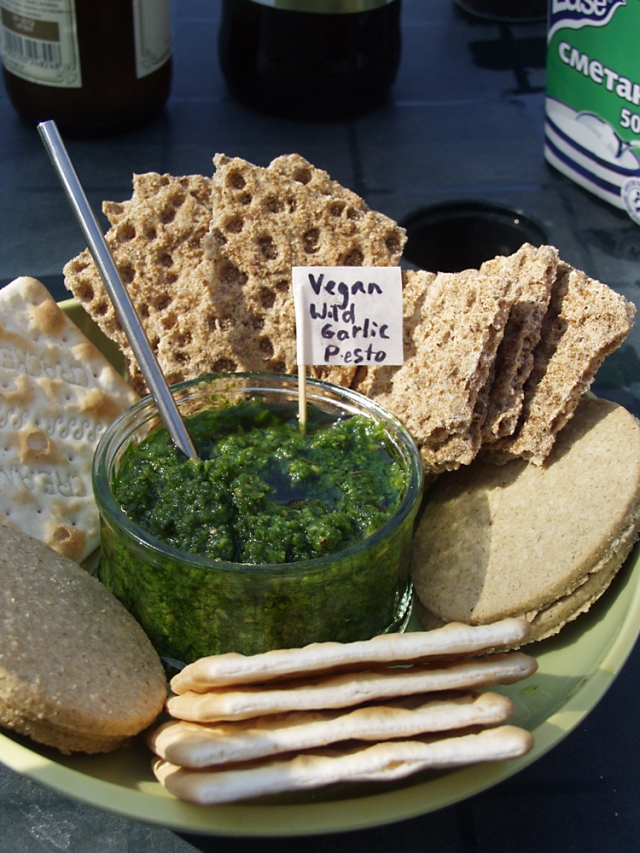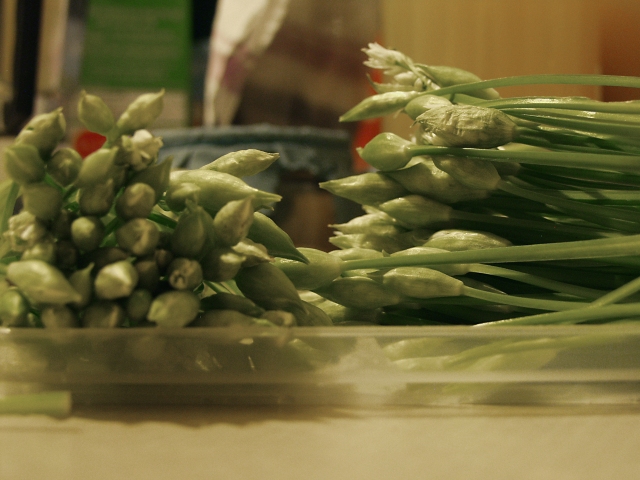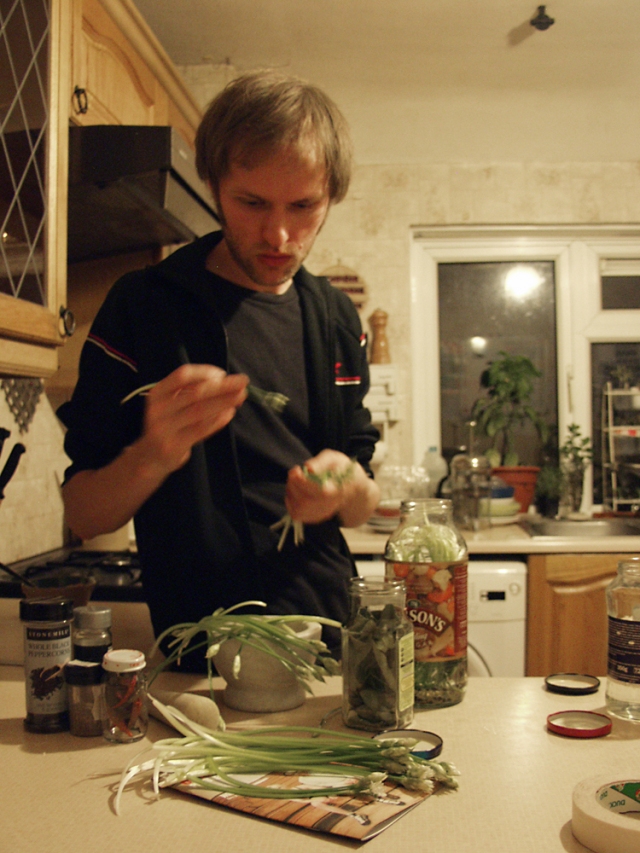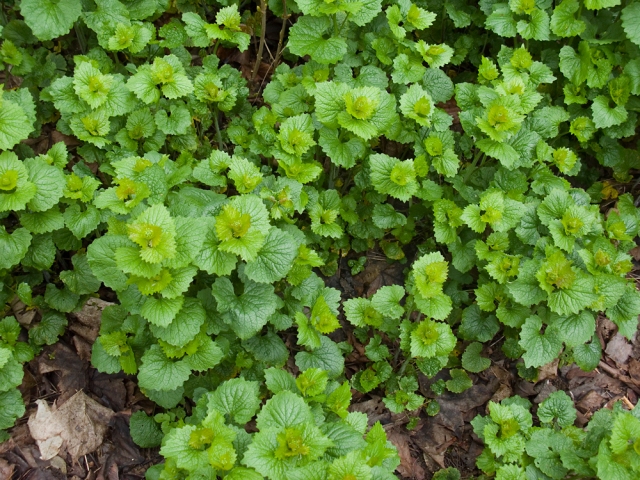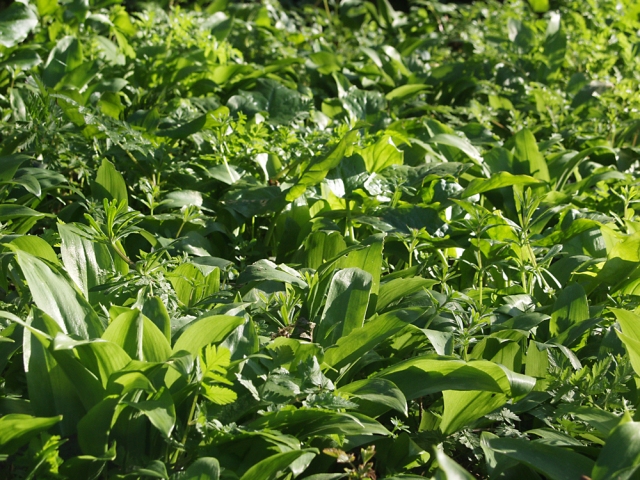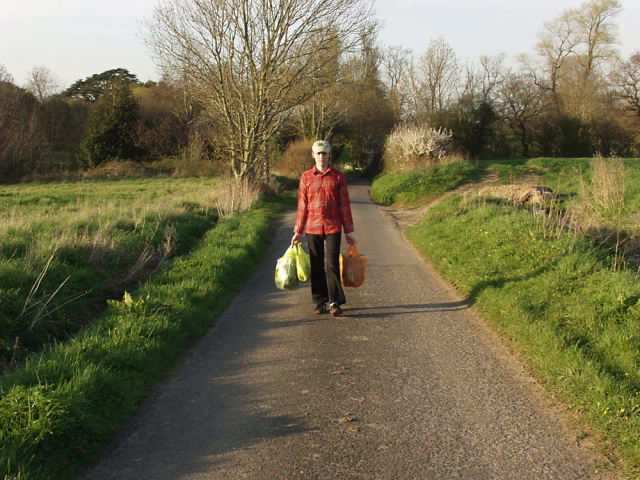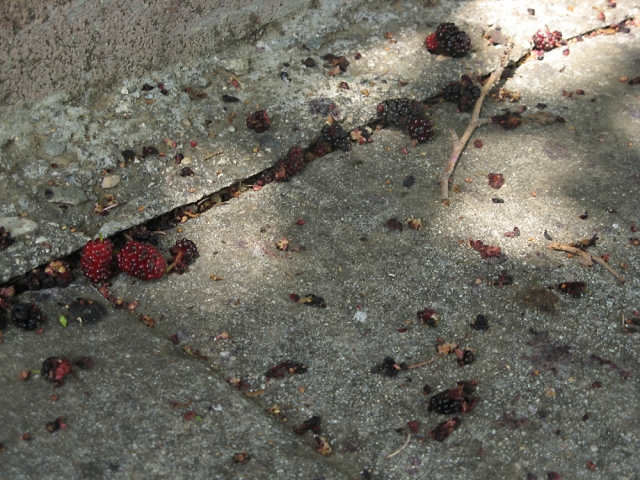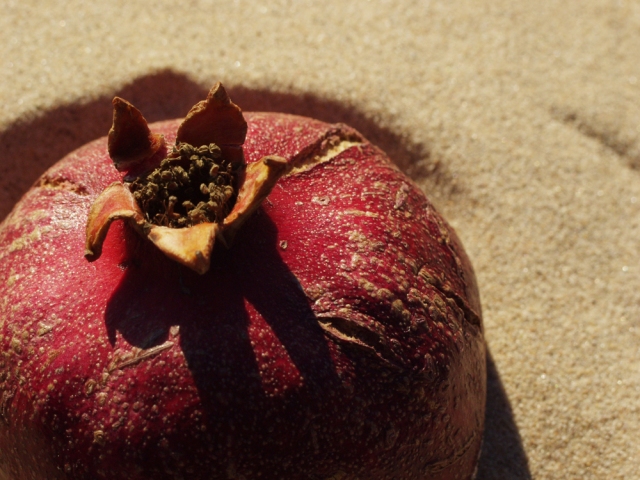It’s been one lousy summer of rain. After a sunny March that caused the spring greens to bloom too early, we had what seemed like 3 months of almost constant rain. Normally I rejoice at rain and run off to seek out mushrooms, but this is the worst time for our fungal friends. Needless to say my wild strawberry-picking hopes had been washed out and I was devastated… until I realised that there’s one kind of summer foraging that’s not affected by the rain… because the plants are underwater!
My visiting friend and I had taken the opportunity on a (mostly) dry day to head out to one of my favourite beach spots. It’s a place of immense beauty, but it’s also a place where marsh samphire grows. And if you’ve tried samphire before, you’d be dreaming of rivers and seas too.
Marsh samphire grows by riverways near the sea. It needs salty water, and salty water is what makes it so more-ish. As with strawberries, my friend remarked, you have to pick one and eat one. We sat and picked the little stems for a while. The sun had burned red and magenta into their little stems and into the surrounding seaside succulents. I admired the colour contrast… probably my favourite in the world.
It’s tedious work, picking samphire. We grabbed the tender top shoots and pinched them off. 30 minutes of picking only yielded a hummous container’s worth. I suppose one could grab and rip up the entire plants to save time, but that brings dirt and mud along with them, and more importantly, it damages the plants. Don’t ever do that. Pick in such a way that the plant can continue growing, and seeding for the next year. So tedium is the way to go, but the flavour is worth it.
Down by the sea, we were transfixed by the powerful waves. I feel like I always see the English Channel in such dramatic turbulence. Perhaps it’s because on sunny days I prefer to run off to the rivers than laze about on the beach.
As my friend relaxed under the intermittent sun (she was on vacation after all) I worked my way down the coast, gathering tufts of sea lettuce, dulse and kelp. Most people don’t realise it, but there are many seaweed species that are not only abundant along our shores, but delicious and nutritious to boot. It’s no wonder they’re becoming a trendy restaurant ingredient.
Even I wasn’t aware of the gastronomical possibilities beneath my feet until quite recently, when my partner pointed out that kombu, that ubiquitous miso soup ingredient, was actually an exotic relative of common sea kelp. Richard Mabey’s Food For Free, a pocket-sized forager’s bible if there ever was one, features a whole section on seaweeds, and it’s certainly worth a perusal to see which ones you should look out for. And the summer months are a great time to look out for edible seaweeds, even if t’s been gloomy and rainy!
We sorted our haul, rolled up the kelp and packed up the sea lettuce. We meandered around and did all the non/foragey things that people do, and returned home. I froze off some sea lettuce straight away and hung the rest to dry. Our boiler room smelled like the sea for days (I think it still does). It’s quite a treat really, the essence of the sea right there in our house, in our kitchen. That’s what I love about seaweed – that smell and that taste takes me back to the shores so much better than any photo ever could.

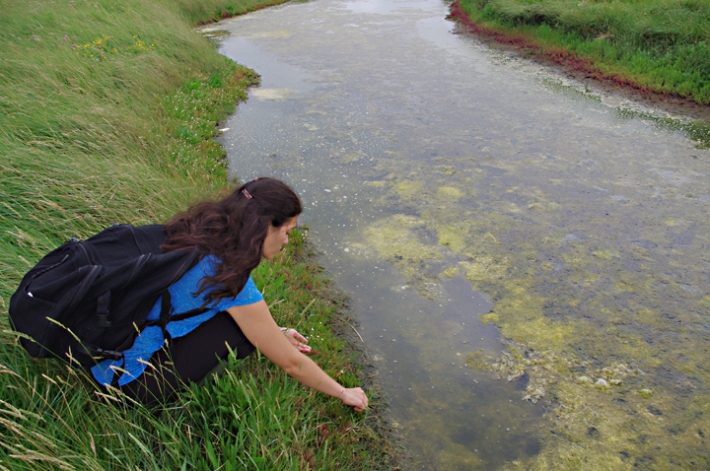
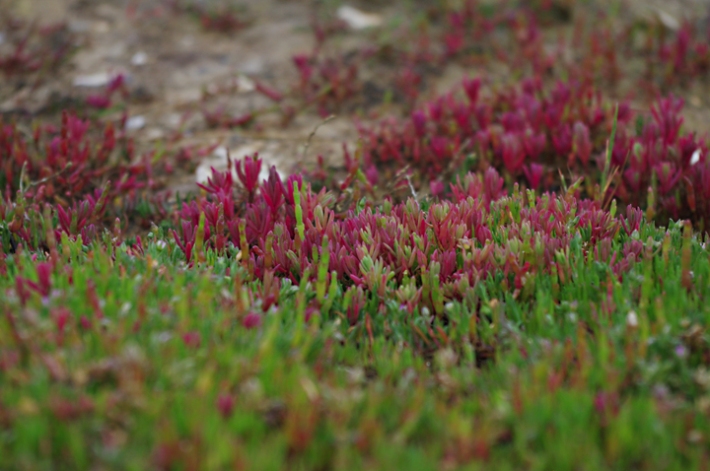

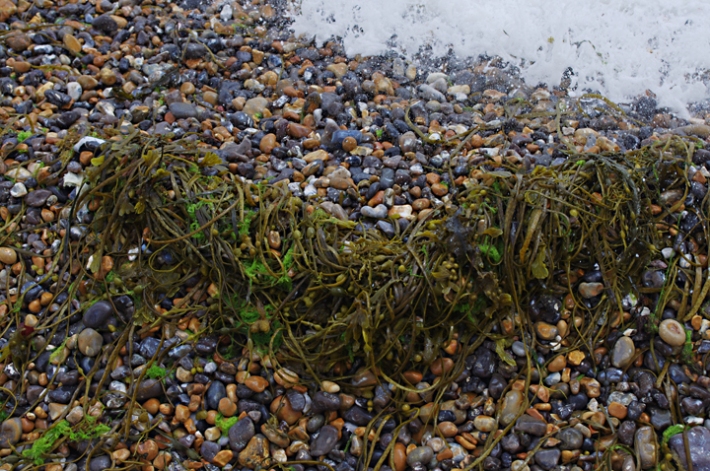
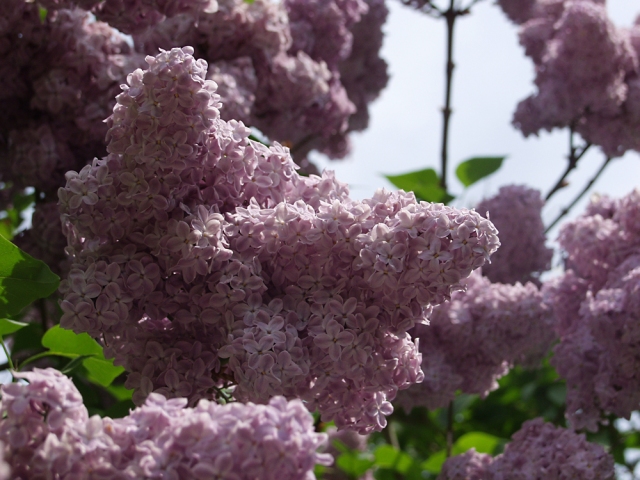



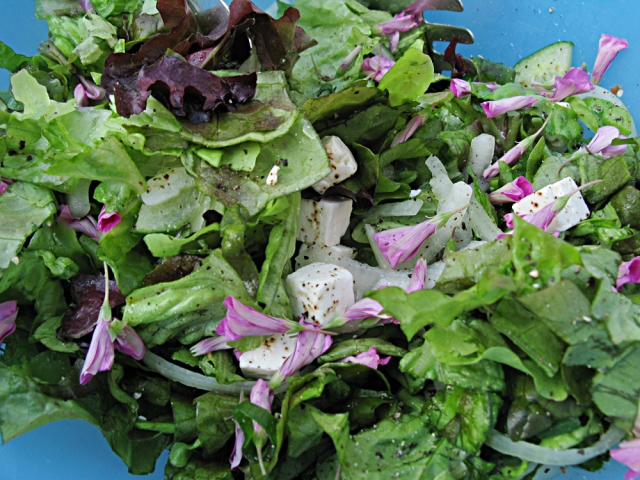
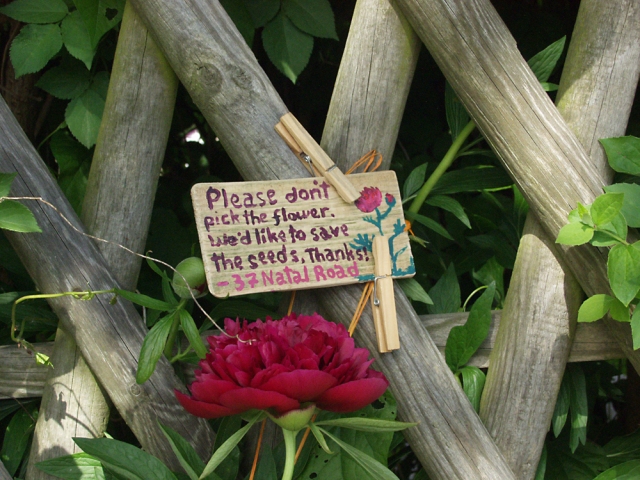 Last year, people picked the petals before we had a chance to enjoy them. This year, I’d made a sign asking people to spare the blooms, and it mostly worked, and started many a conversation with the neighbours! Peonies can also be crystallized, which involves egg whites, lots of sugar, and a low-heat oven (look for crystallized rose petal recipes). We’re planning to try this with our own pretty peonies…
Last year, people picked the petals before we had a chance to enjoy them. This year, I’d made a sign asking people to spare the blooms, and it mostly worked, and started many a conversation with the neighbours! Peonies can also be crystallized, which involves egg whites, lots of sugar, and a low-heat oven (look for crystallized rose petal recipes). We’re planning to try this with our own pretty peonies…
